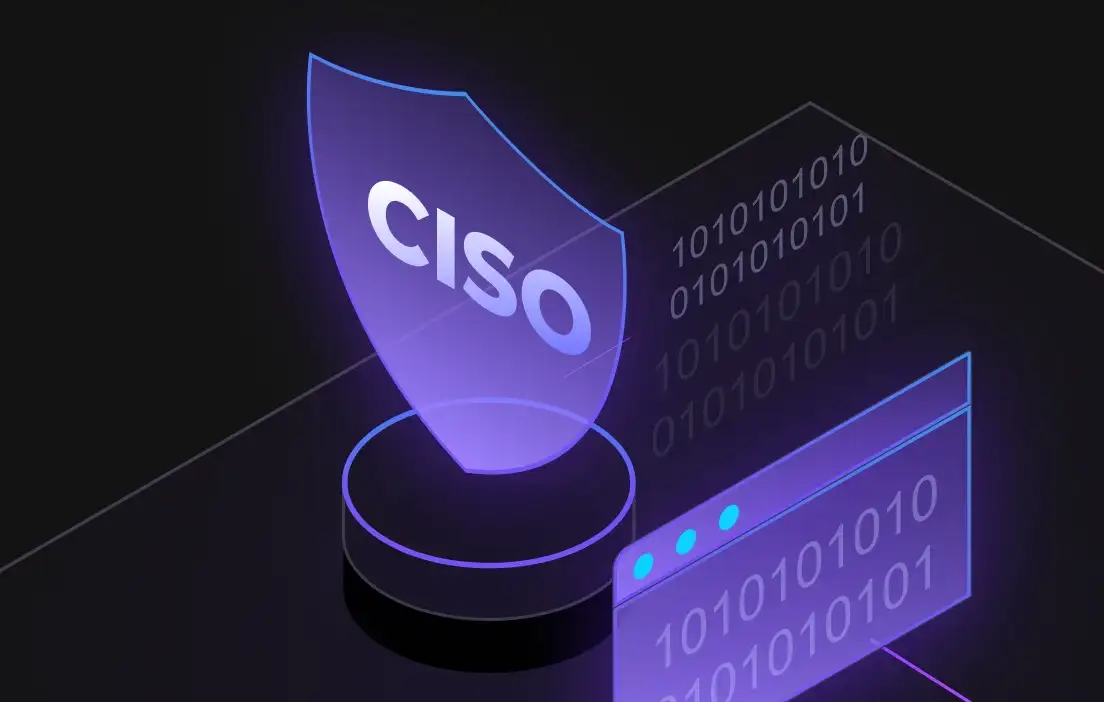Tokenization is the modern CISO’s secret weapon for cloud data security.
As enterprises move their workloads and sensitive data to the cloud, CISOs are on the hook to deliver airtight protection while still enabling flexibility, scalability, and compliance. And tokenization has emerged as a powerful tool needed to do just that.
But what exactly does tokenization involve? How does it compare to encryption? What are some real-world examples of how organizations are implementing it? And how can it help address challenges like data residency and multi-cloud sprawl?
In this roundtable-style article, we’ll look at how security leaders successfully implement data tokenization to improve their resiliency across their organizations and simplify compliance. We’ll cover:
- The basics and benefits of tokenization data
- Contrasts between on-premises and cloud tokenization
- Data tokenization examples across industries
- How tokenization of database fields enables secure operations
- Compliance considerations, including tokenization and data residency
- Lessons from the early data tokenization adopters
Whether you're just starting your tokenization journey or looking to securely scale, this guide will give you a clear roadmap based on the real-world experiences of security leaders.
Tokenization of Data is Now a Board-Level Conversation
For years, encryption has been considered the gold standard for data security, but CISOs are now rethinking traditional paradigms. While encryption is still essential, it has its limits, especially when it comes to key management, data residency, and supporting fine-grained access policies across distributed environments.
Tokenization data offers an elegant solution. Rather than scrambling data with a key, tokenization replaces sensitive values—social security numbers, payment data, medical records, and so on—with non-sensitive, format-preserving tokens. These tokens are stored in place of the real data, while the original values are either safely housed in a secure vault or protected through format-preserving encryption that uses cryptographic keys to generate tokens directly without requiring separate storage.
From a security standpoint, this means:
- If an attacker gains access to a tokenized database, they get useless placeholders and not the actual data.
- Tokens can be shared across teams or applications without exposing sensitive information.
- Unlike encrypted data, tokens don’t require constant key management or decrypting/re-encrypting operations.
Cloud data tokenization builds on this by offering scalable, API-driven, and geographically aware services that extend protection across hybrid and multi-cloud architectures.
Cloud Tokenization vs On-Prem: What Security Leaders Are Choosing Today
Before tokenization became cloud-native, most enterprises deployed it using on-premises software or appliances. These systems required managing the token vault or format preserving encryption, setting up integration points with apps and databases, and scaling infrastructure manually. For some, this approach still works, but it’s becoming less ideal with IT environments becoming more decentralized.
Cloud tokenization services now allow CISOs to apply tokenization uniformly across cloud providers, SaaS applications, and edge systems—without the need for physical infrastructure. Here’s why many CISOs are making the switch:
- Faster time to value: API-based integration lets teams embed tokenization into apps in hours, not weeks.
- Lower operational overhead: There’s no need to maintain hardware security modules or build bespoke token vaults.
- Scalability and performance: You can tokenize billions of records on demand, with latency low enough for real-time use cases.
- Vendor-neutral compatibility: Cloud tokenization platforms work across AWS, Azure, Google Cloud, and private cloud environments.
Data tokenization examples from global organizations show that cloud tokenization improves both security and agility. One retail giant, for instance, tokenizes payment data during checkout, enabling secure customer analytics without violating PCI DSS.
Tokenization and Data Residency: Solving Cross-Border Data Challenges
As data privacy regulations become more comprehensive and stringent, tokenization and data residency are becoming inseparable topics. Governments around the world—from NA, to EU to India and Brazil—are enforcing rules that require sensitive data to stay within national or regional borders.
So, how can multinational companies maintain global operations without breaking local regulations?
Tokenization is uniquely positioned for this by keeping the original data in-region and transmitting only tokens across borders. This helps organizations maintain operational flexibility while staying compliant.
Here’s what to look for in a tokenization solution:
- Regional format-preserving encryption key management to ensure that original data never leaves its jurisdiction.
- Transparent policies and rules that define where data can be stored, tokenized, or accessed
- Auditability to track every tokenization and detokenization event to satisfy regulatory scrutiny.
A data protection tokenization strategy with residency-aware controls not only ensures legal compliance, it also builds trust with customers and regulators.
Tokenization of Database Fields: Making Security Operational
Implementing tokenization of database fields may seem to be a strictly technical decision, but it’s also a business decision. Security teams must work hand-in-hand with data architects and app developers to ensure everything is seamlessly integrated.
There are two primary implementation models:
- Static tokenization: Data is tokenized before it's written to a tokenization database, meaning only tokens are stored. This works best for data that’s at rest and helps minimize the blast radius in the event of a breach.
- Dynamic tokenization or data masking: Here, tokenization happens in real time as data is accessed or processed. This is often used for high-velocity environments like payment systems, where latency is critical.
When adopting database tokenization, CISOs need to balance security and performance. Format-preserving tokenization is often essential for legacy apps that require data in specific formats, such as credit cards or ZIP codes. When done right, tokenization becomes invisible to end users and highly effective against threats.
Tokenization Is a Cornerstone of Cloud-First Data Protection
Rising breach risks, constantly evolving regulations, and the continual pressure to quickly innovate are just some of the many challenges facing today’s CISOs. Luckily, cloud data tokenization has emerged as one of the most effective ways to protect sensitive data without negatively impacting agility.
Securing payment transactions? Check. Enabling secure AI training on anonymized data? Check. The list goes on—data tokenization gives organizations the power to protect what matters most while preserving their teams’ freedom to move, scale, and adapt.
To recap:
- Tokenization replaces sensitive data with meaningless tokens, limiting the impact of breaches.
- Cloud-native tokenization simplifies deployment and can scale with your environment.
- Tokenization helps address data residency concerns for global organizations.
Implementing tokenization of database fields helps organizations meet compliance without slowing down operations.
Want to see how modern CISOs put tokenization to work? Request a demo to learn how Fortanix’s scalable, compliant cloud tokenization can help across your hybrid and multi-cloud environments.











